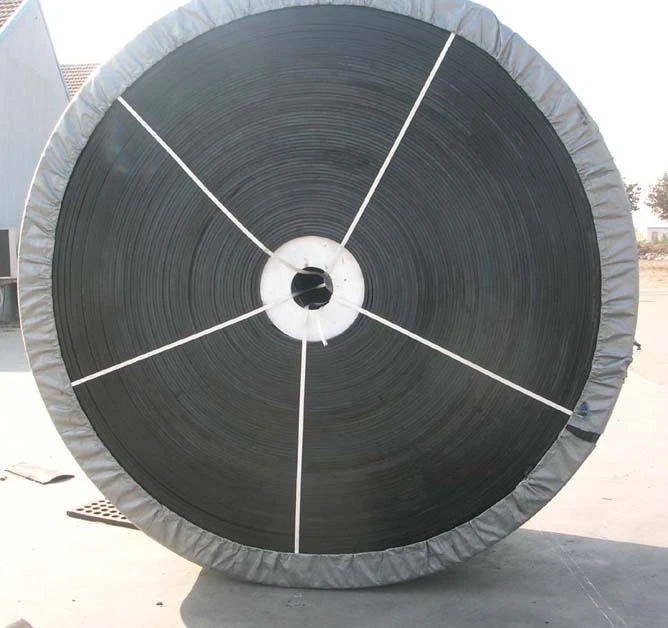 Afrikaans
Afrikaans  Albanian
Albanian  Amharic
Amharic  Arabic
Arabic  Armenian
Armenian  Azerbaijani
Azerbaijani  Basque
Basque  Belarusian
Belarusian  Bengali
Bengali  Bosnian
Bosnian  Bulgarian
Bulgarian  Catalan
Catalan  Cebuano
Cebuano  Corsican
Corsican  Croatian
Croatian  Czech
Czech  Danish
Danish  Dutch
Dutch  English
English  Esperanto
Esperanto  Estonian
Estonian  Finnish
Finnish  French
French  Frisian
Frisian  Galician
Galician  Georgian
Georgian  German
German  Greek
Greek  Gujarati
Gujarati  Haitian Creole
Haitian Creole  hausa
hausa  hawaiian
hawaiian  Hebrew
Hebrew  Hindi
Hindi  Miao
Miao  Hungarian
Hungarian  Icelandic
Icelandic  igbo
igbo  Indonesian
Indonesian  irish
irish  Italian
Italian  Japanese
Japanese  Javanese
Javanese  Kannada
Kannada  kazakh
kazakh  Khmer
Khmer  Rwandese
Rwandese  Korean
Korean  Kurdish
Kurdish  Kyrgyz
Kyrgyz  Lao
Lao  Latin
Latin  Latvian
Latvian  Lithuanian
Lithuanian  Luxembourgish
Luxembourgish  Macedonian
Macedonian  Malgashi
Malgashi  Malay
Malay  Malayalam
Malayalam  Maltese
Maltese  Maori
Maori  Marathi
Marathi  Mongolian
Mongolian  Myanmar
Myanmar  Nepali
Nepali  Norwegian
Norwegian  Norwegian
Norwegian  Occitan
Occitan  Pashto
Pashto  Persian
Persian  Polish
Polish  Portuguese
Portuguese  Punjabi
Punjabi  Romanian
Romanian  Russian
Russian  Samoan
Samoan  Scottish Gaelic
Scottish Gaelic  Serbian
Serbian  Sesotho
Sesotho  Shona
Shona  Sindhi
Sindhi  Sinhala
Sinhala  Slovak
Slovak  Slovenian
Slovenian  Somali
Somali  Spanish
Spanish  Sundanese
Sundanese  Swahili
Swahili  Swedish
Swedish  Tagalog
Tagalog  Tajik
Tajik  Tamil
Tamil  Tatar
Tatar  Telugu
Telugu  Thai
Thai  Turkish
Turkish  Turkmen
Turkmen  Ukrainian
Ukrainian  Urdu
Urdu  Uighur
Uighur  Uzbek
Uzbek  Vietnamese
Vietnamese  Welsh
Welsh  Bantu
Bantu  Yiddish
Yiddish  Yoruba
Yoruba  Zulu
Zulu Effective Solutions for Conveyor Belt Cleaning and Maintenance Techniques
Conveyor Belt Cleaning Solutions Maintaining Efficiency and Hygiene
Conveyor belts are the backbone of many industries, facilitating the smooth transfer of materials and products in manufacturing, food processing, and distribution. However, maintaining their efficiency is not just about ensuring they function properly; it also involves keeping them clean. Effective cleaning solutions are crucial for prolonging the lifespan of conveyor belts, ensuring hygiene, and preventing operational issues.
The Importance of Cleaning Conveyor Belts
Conveyor belts can accumulate dust, grease, oil, and product remnants over time, which can lead to several problems. These include reduced efficiency, increased wear and tear, and even contamination if the belts are used in food processing settings. Contaminated belts can lead to food safety violations, resulting in costly recalls and damage to a brand’s reputation. Therefore, implementing a reliable cleaning regimen is essential for any operation utilizing conveyor systems.
Types of Cleaning Solutions
1. Mechanical Cleaning Systems These systems often involve brushes or scrapers that physically remove debris from the conveyor belt’s surface. Mechanical cleaning can be effective for bulk materials and environments where heavier contaminants are present. Various types of brushes and scrapers can be customized based on the specific requirements of the belt and the materials being transported.
2. Chemical Cleaners Depending on the nature of the contaminants, chemical cleaners may be necessary. These include detergents, degreasers, and sanitizers specifically formulated to dissolve tough residues and kill bacteria. When selecting chemical cleaners, it’s crucial to ensure they are compatible with the materials of the conveyor belt and safe for the transported products, particularly in food processing applications.
conveyor belt cleaning solutions

3. Water and Steam Cleaning High-pressure water systems and steam cleaning can effectively remove dirt and grease without the use of harsh chemicals. However, care must be taken to prevent water from entering the electrical components of the conveyor system. Proper drying is also essential to prevent mold or rust, especially in food handling environments.
4. Automated Cleaning Systems In larger operations, automated cleaning systems have become increasingly popular. These systems utilize sensors and robotics to recognize cleaning needs and execute cleaning protocols without halting production. This ensures continuous operation while maintaining cleanliness, ultimately saving time and labor costs.
Best Practices for Conveyor Belt Cleaning
Implementing a routine cleaning schedule is essential for any effective maintenance program. Frequency will depend on the type of materials being transported and the operational environment. Additionally, training staff on proper cleaning techniques and the use of cleaning equipment can enhance the effectiveness of your cleaning regimen. It is also beneficial to periodically inspect belts for any signs of wear or damage during the cleaning process.
Conclusion
Efficient cleaning of conveyor belts is an integral part of operational success in many industries. By employing appropriate cleaning solutions—whether mechanical, chemical, or automated—businesses can enhance the efficiency, safety, and longevity of their conveyor systems. Investing in a good cleaning strategy not only helps in maintaining hygiene but also contributes to the overall productivity of the operations, ultimately leading to better profitability and customer satisfaction.
-
Revolutionizing Conveyor Reliability with Advanced Rubber Lagging PulleysNewsJul.22,2025
-
Powering Precision and Durability with Expert Manufacturers of Conveyor ComponentsNewsJul.22,2025
-
Optimizing Conveyor Systems with Advanced Conveyor AccessoriesNewsJul.22,2025
-
Maximize Conveyor Efficiency with Quality Conveyor Idler PulleysNewsJul.22,2025
-
Future-Proof Your Conveyor System with High-Performance Polyurethane RollerNewsJul.22,2025
-
Driving Efficiency Forward with Quality Idlers and RollersNewsJul.22,2025





























